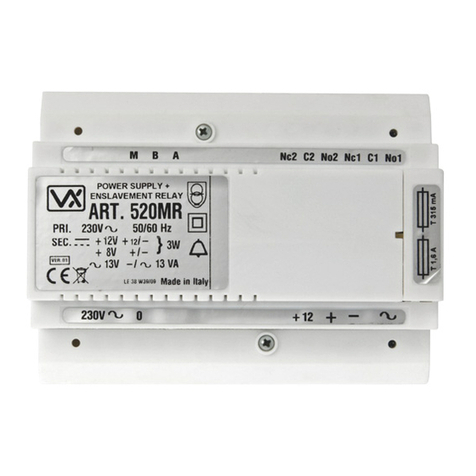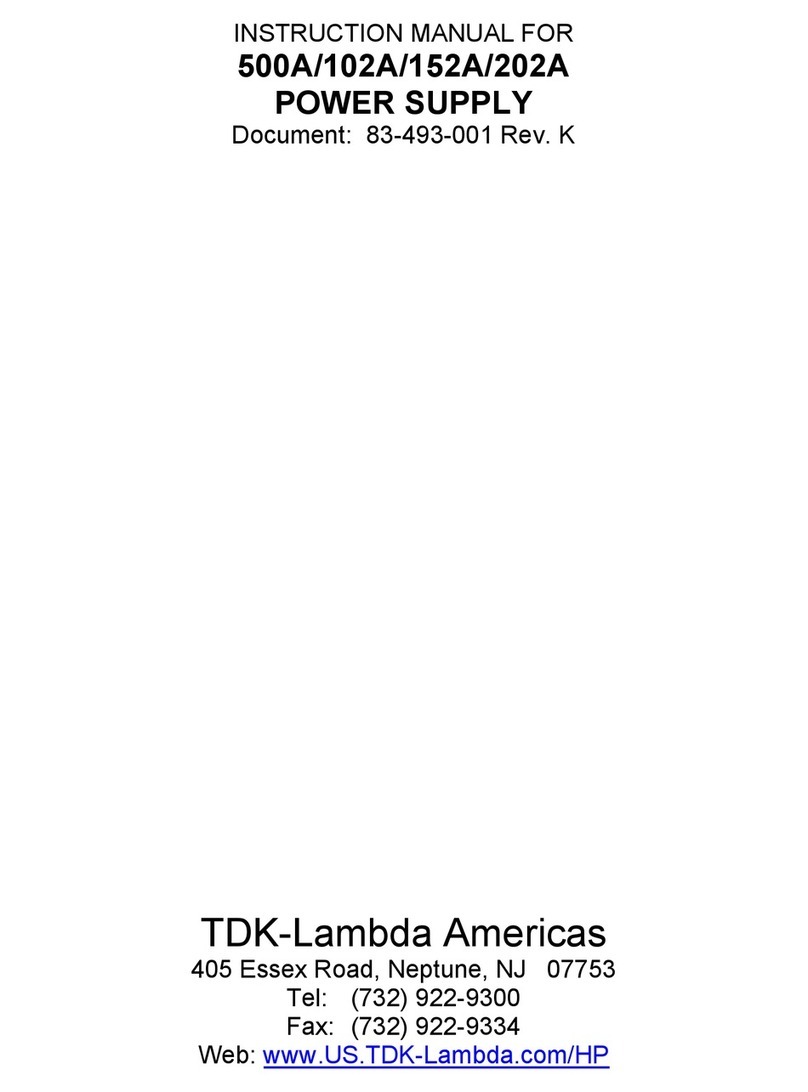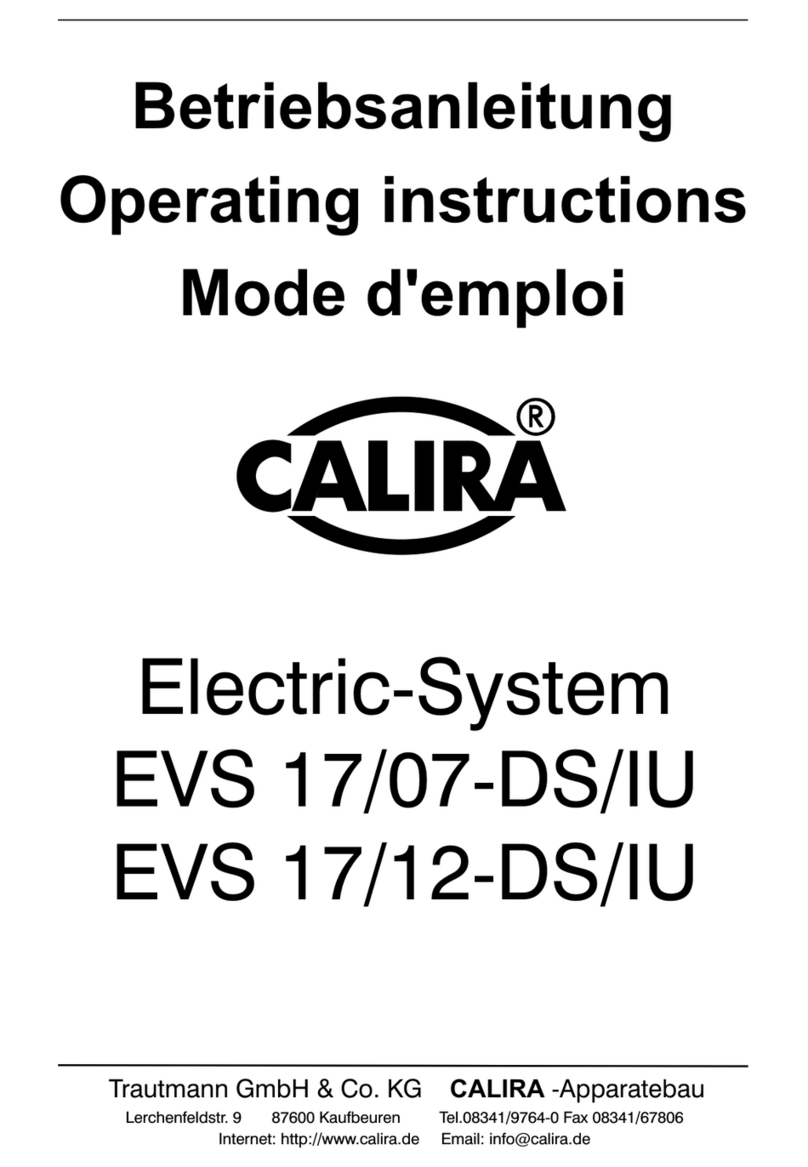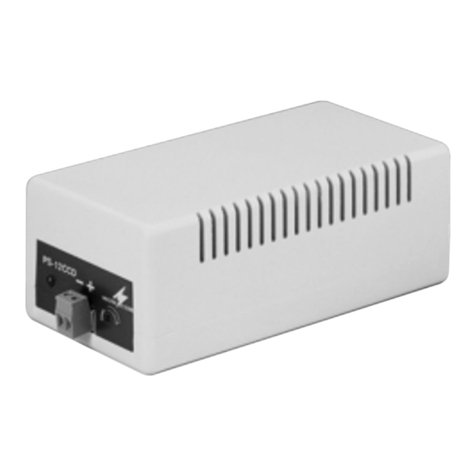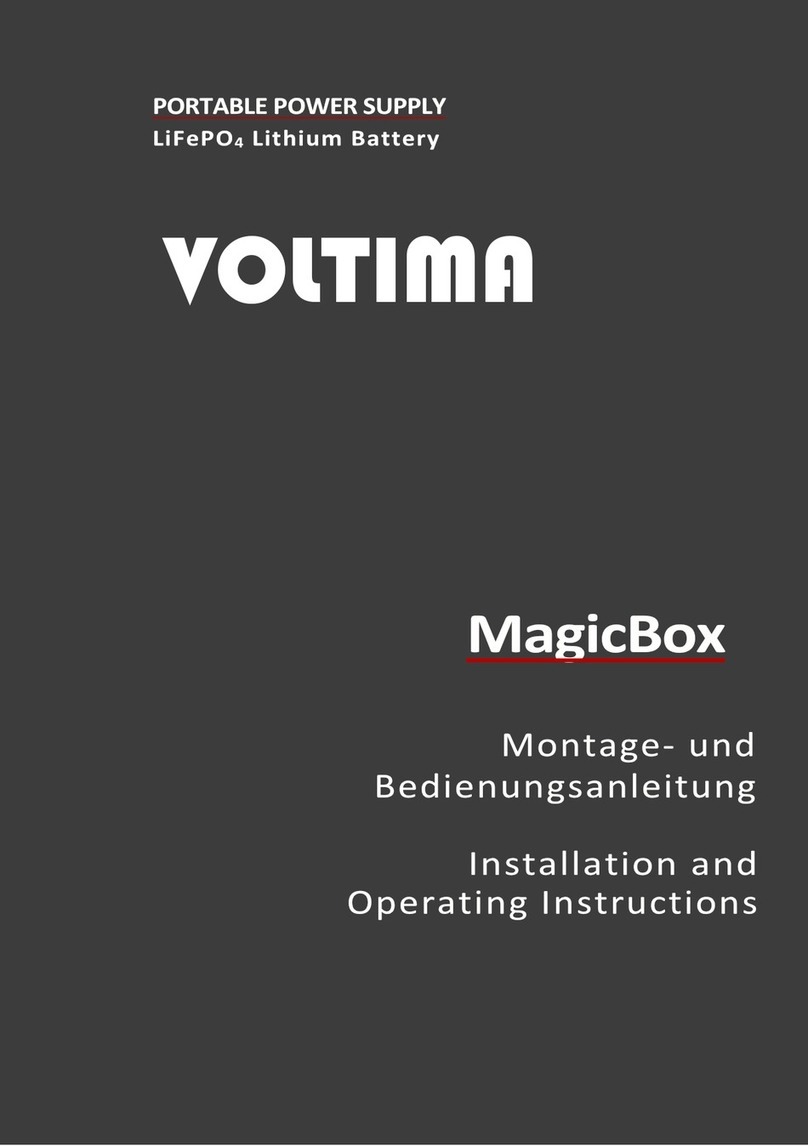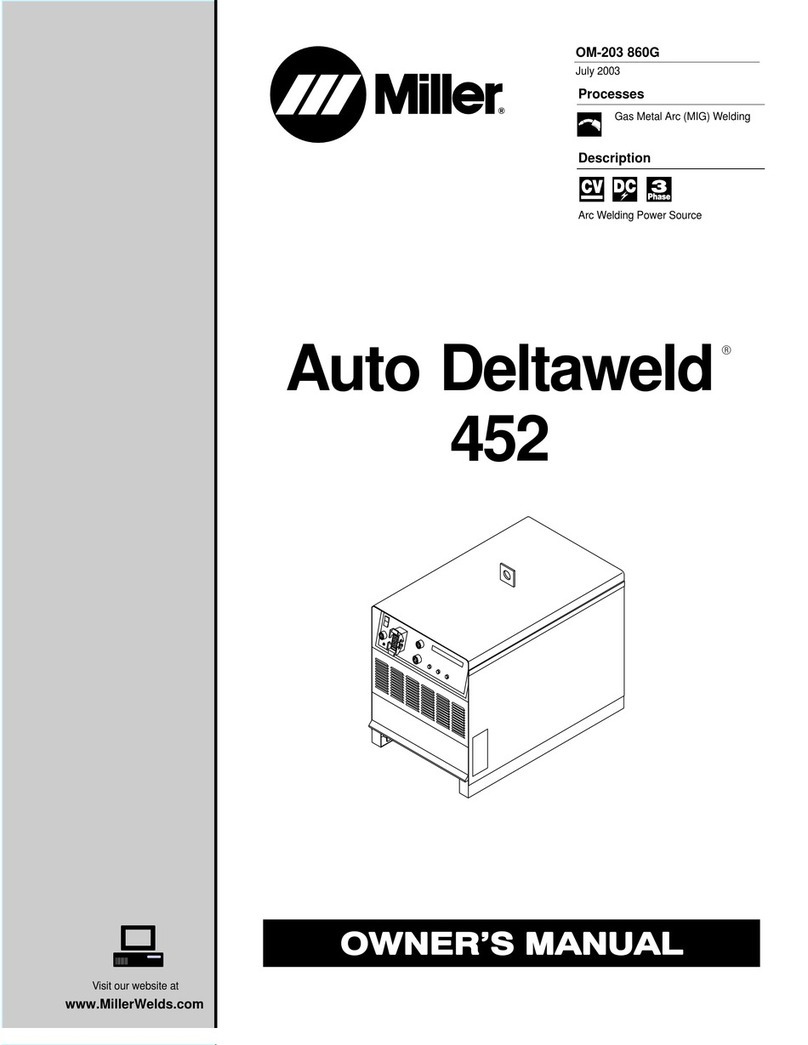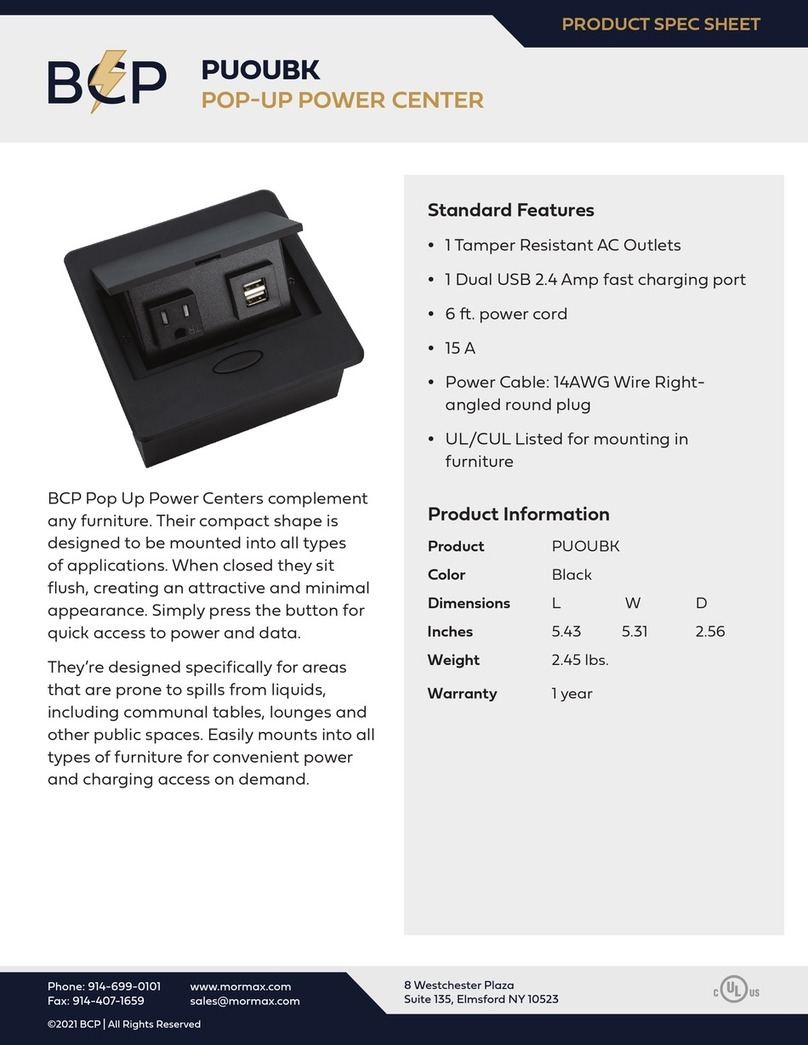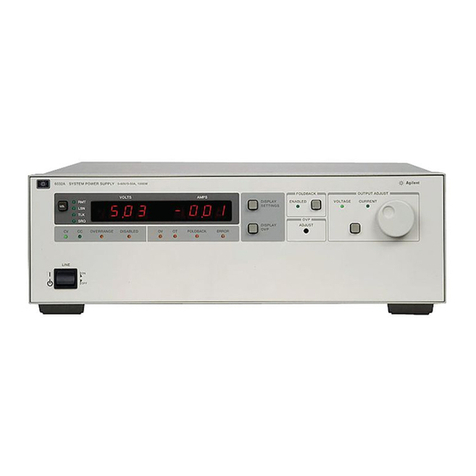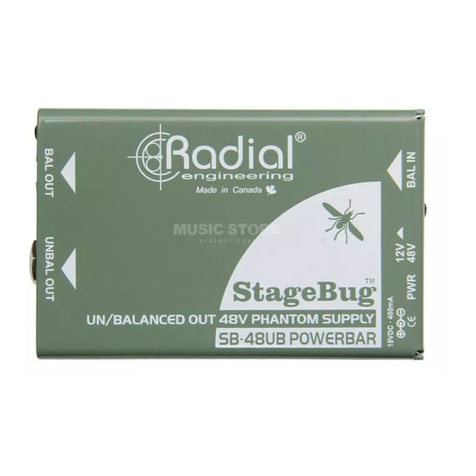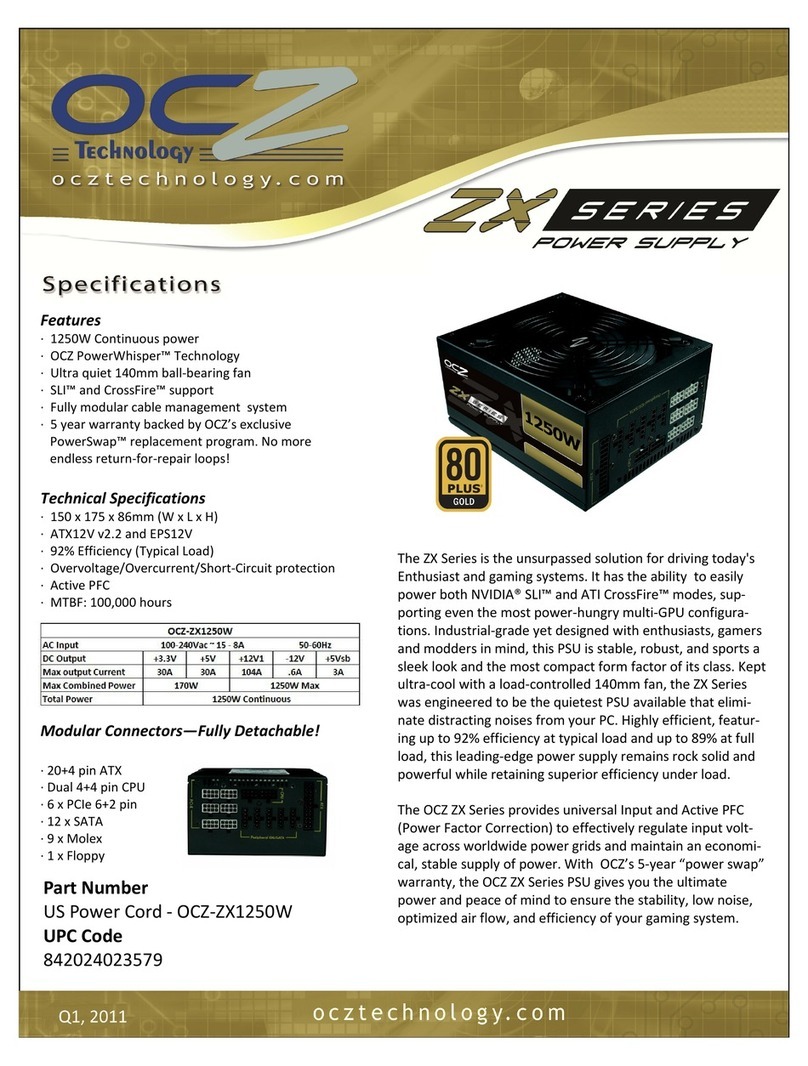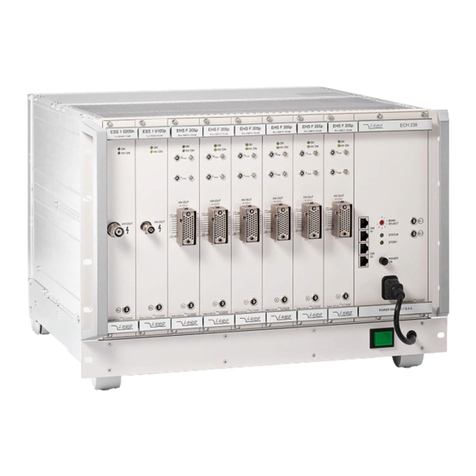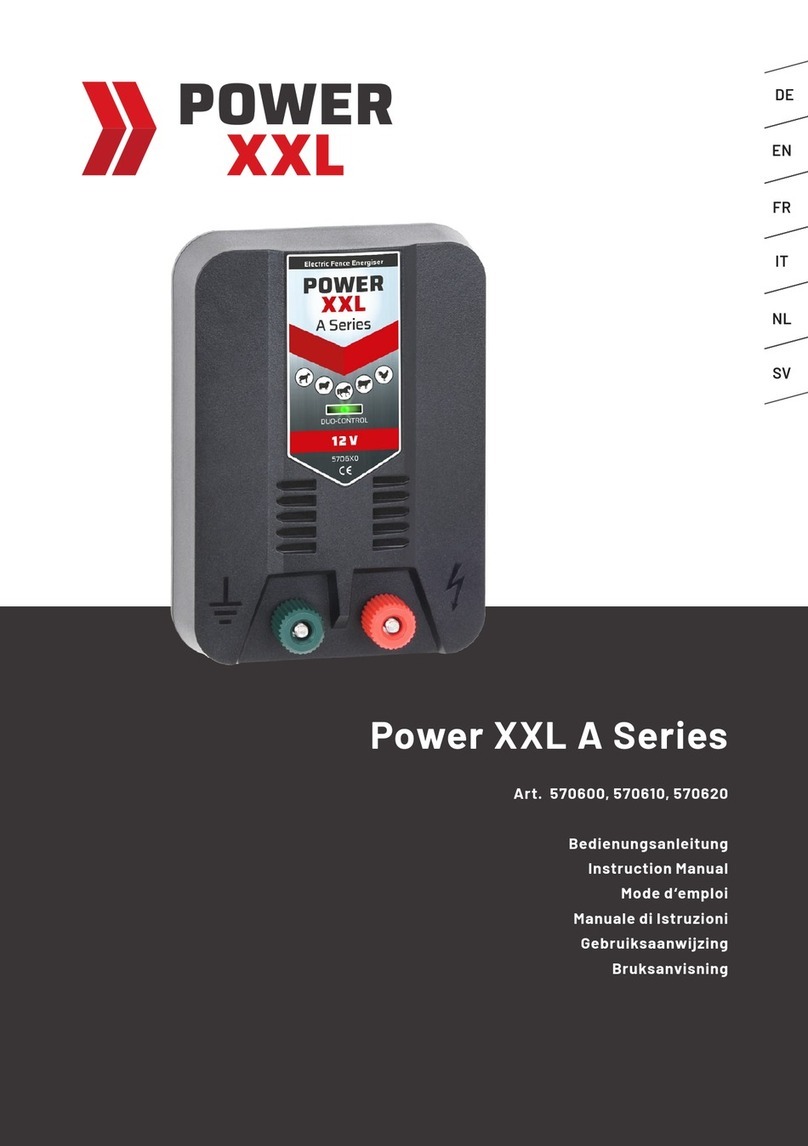INTRODUCTION
Thank you for choosing B&W.
The CASA™ Interface is designed to be used
with the range of Active CASA™ speakers and
offer a high quality, permanent audio installation.
B&W Loudspeakers has an outstanding
reputation for quality audio products. In
designing its CASA™ Interface B&W set
outstanding sound quality as an overriding
priority. Conventional installed speaker systems
use power amplifiers to drive remote passive
loudspeakers. This approach often limits the size
and scope of a system and its architecture.
Remote powered speakers are one obvious
solution. However, the industry has avoided
powered speaker systems because of the need
to install both power and signal cabling to each
speaker. There is an additional problem involved
with powered speakers in needing to switch
them on and off remotely through separate
control wiring. The CASA™ Interface side-steps
these issues by using Active Speakers driven by
remote DC power. Output lines are driven in
balanced form by the Interface. This form of
working permits far longer cable runs than can
generally be provided in domestic audio systems
without loss of quality due to cable impedance
effects or interference. The connection
requirement is for five signals between Active
Speaker and Interface, namely two power, two
signal and a ground. The adoption of Category
5 shielded RJ-45 plugs and cables means the
CASA™ Interface relies on just one proven
connector type and cabling, familiar from the
computer and telecommunications industries.
This neatly satisfies all requirements for reliability
and ease of installation. The provision of DC
power wiring to each Active Speaker gave the
CASA™ Interface design team an easy route
down which to run data from infra red (IR)
receivers in the speakers back to the central
Controller. This IR data is carried at high
frequencies and ‘piggy backs’ the power
supply lines, eliminating the need for separate
control conductors. Third-party IR remotes send
back their IR data to the central Controller
through this route. CASA™ & the CASA™
Interface are the first domestic audio systems
to exploit the audiophile quality of true, in-wall
Active Speakers.
This manual is designed to help you install the
CASA™ Interface with CASA™ speakers. If you
intend to use the Interface in conjunction with the
CASA™ Controller you must consult the CASA™
Installation manual packed with the CASA™
Controller. Please read this manual fully before
unpacking and installing the product. It will help
you to optimise its performance.
B&W maintains a network of dedicated
distributors who will be able to help you
should you have any problems your dealer
cannot resolve.
We suggest you retain the packing for
future use.
POWER & CONTROL
(Figure 1)
With the power switch on the rear of the
Interface in the on position, the 3.5mm trigger
socket controls the unit’s power up/standby
status. This socket is configured by use of rear
panel DIP switch (at the top and labelled as 1).
In the off (left) position the unit is normally on
and a +ve voltage of 5 –12v on the centre
pin of this socket will put the unit into standby.
Conversely with this switch in the on (right)
position the unit is normally in standby and a
+ve voltage of 5 –12v on the centre pin of this
socket will switch the unit on.
The second lower DIP switch (labelled as 2)
should be off (left) for the unit to be used without
the CASA™ Controller. In this (Master) mode,
audio from the RCA type phono inputs is present
at the RJ-45 outputs. Conversely with the switch
on (right) audio from these sockets is not present
at the RJ-45 outputs. This (Slave) mode is
required for connection of the Interface to a
CASA™ Controller.
The unit is shipped with both switches off (left)
and the unit set as Master and Normally on.
LOUDSPEAKERS
AWM
™
70
The AWM™70 is a wall-mounted 100-watt
Active Speaker using a 7-inch Kevlar®
bass/midrange driver and a 1-inch aluminium
dome tweeter. Two 100-watt channels of
amplification are provided to power the HF and
LF outputs of the active crossover. Amplifier
power of this order requires substantial
heatsinking which is provided both by a finned
rear extrusion and the ribbed baffle itself. The
crossover has a damped 2nd-order network for
the bass/midrange unit and a 3rd-order slope
for the tweeter. Active equalisation is used to
enhance bass output and to perform drive unit
correction and phase compensation giving
smooth drive unit integration and good off-axis
frequency response. The crossover also features
overload and DC offset protection together with
a power-on mute sequence (not using relays) that
ensures power-up is free from clicks and thumps.
An IR receiver/modulator is mounted in the
bottom centre of the baffle. This receives IR
codes from remote control handsets and transmits
those codes back to the Interface by way of the
power supply. An LED telltale flashes to show
when an IR command has been received.
AWM™65
The AWM™65 is a wall-mounted 50-watt
Active Speaker using a 6.5-inch Kevlar®
bass/midrange driver and a 1-inch aluminium
dome tweeter. A high-quality passive crossover is
used to integrate the mid/bass driver and
tweeter. An IR receiver/modulator is mounted in
the bottom centre of the baffle. This receives IR
codes from remote control handsets and transmits
those codes back to the Interface by way of
the power supply. An LED telltale flashes to
show when an IR command has been received.
A
CM™60
The ACM™60 is a 20-watt, Active ceiling-
mounted speaker using a 165 mm
bass/midrange driver with a 25 mm co-axially
placed tweeter. No IR input is provided. Two RJ-
45 connectors (Controller and 2nd Speaker) are
provided which can be used to ‘daisy chain’ up
to five pairs of ACM™60s. See section Loading
Considerations for further details.
DISABLING IR
RECEIVER/MODULATOR
(AWM™70/65 only)
(Figure 2)
If IR reception is a problem in a particular
location it may be necessary to disable IR
reception on a speaker. Locate the IR board
behind the IR lens at the bottom of the rear
of the baffle. To disable the IR receiver
locate the jumper shown in the diagram below
and remove it taking care not to damage any
components.
CABLING
The CASA™ System and Interface are designed
to use shielded Category 5 cable with RJ-45
connectors (24 or 26 AWG with certain
loading/distance considerations – 120 foot runs
for the AWM™70 for instance). Twisted-pair
cables comprise copper cores surrounded by an
insulator twisted together to form a pair. The
cable is a bundle of twisted pairs surrounded by
an insulator. Unshielded twisted pair cable (UTP)
is common in telephony applications but is
unsuitable for use in CASA™ installations.
Shielded twisted pair cable also (STP) offers
better cross-talk and interference performance.
The EIA/TIA 568 Commercial Building Wiring
Standard defines five categories of network
cabling. CASA™ is designed for shielded
Category 5 cable which is 100-ohm, four-wire
twisted-pair cable (eight cores) certified to 100
Mbps (Mega bits per second) transmission rates
in network installations. The cable has low
capacitance and low cross-talk characteristics.
Of the eight cores available six (three pairs) are
dedicated to providing a low impedance supply
to the speakers. The remaining two cores carry
the audio signal. The high frequency IR data is
‘piggy backed’ on the DC power supply lines.
The screen of the shielded cable makes a ninth
connection. All cables and terminations must
conform to specifications to eliminate cross-talk
and interference problems. Old style connectors
and jacks are not suitable. Additionally, twists
in the cable pairs must be maintained up to the
connection point. One other cable characteristic
needs to be considered which relates to
where the cable is installed. To comply with
the National Electrical Code (NEC), all cable
installed into the ceiling void (plenum space)
must be in metal conduit or must meet local
fire codes. Two types of insulation are used:
3
